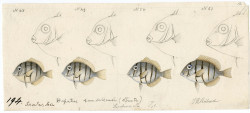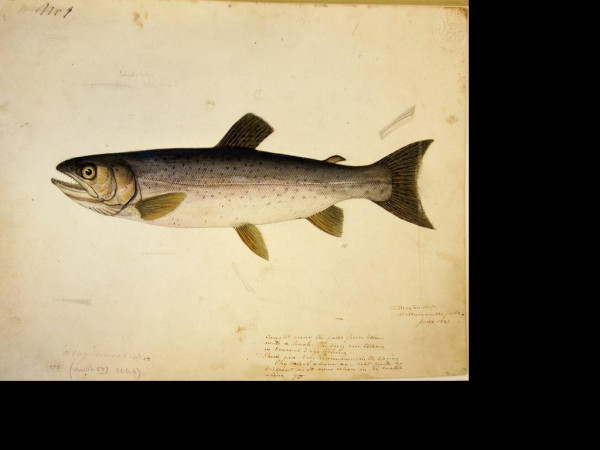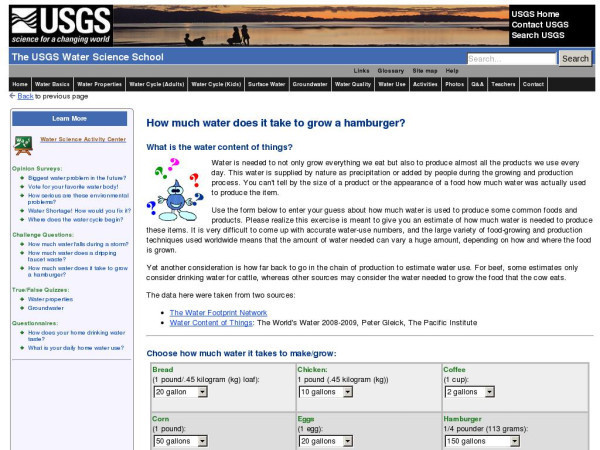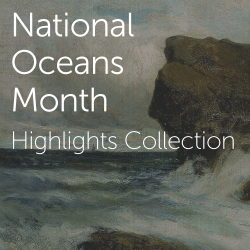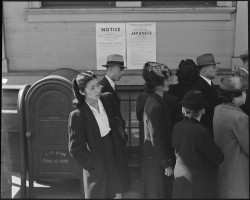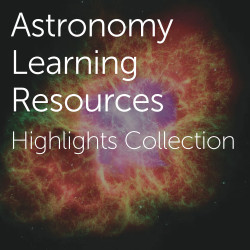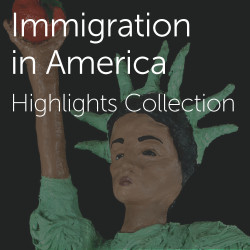Ashley Naranjo
Ashley Naranjo, M.Ed. is a museum educator, specializing in the use of digital resources for teaching and learning. She currently manages distance learning initiatives and education partnerships for the Smithsonian. Portfolio highlights have included: the Smithsonian Quests digital badging program, Smithsonian Online Education Conferences, Smithsonian Learning Lab nationwide teacher professional development, Teachers of the Year programming at the Smithsonian, “Explore with Smithsonian Experts” video series, and Smithsonian print publication guides.
Before coming to the Smithsonian, she has had experiences in education in both formal and informal learning spaces: as an ESOL instructor for adults, a middle school teacher in the humanities and a summer programs administrator. She holds a B.A. in Human Development (Developmental Psychology) from the Lynch School of Education at Boston College, where she was a research assistant and independent study student in the Laboratory of Thinking, Learning & Cognition in the Arts. She completed a M.Ed. in Learning Design and Technology from the Rossier School of Education at the University of Southern California, with a thesis entitled, “Using Digital Museum Resources in the Classroom”. She is a 2019 graduate of the Getty Leadership Institute’s NextGen of Museum Leaders program.
Ashley Naranjo's collections
Flashcard Activity: See, Think, Wonder with Science-Related Images
 Ashley Naranjo
Ashley Naranjo
Liberty Bonds of World War I (WW1)
 Ashley Naranjo
Ashley Naranjo
"How to" Strategies for Use with Smithsonian Collections
 Ashley Naranjo
Ashley Naranjo
Astrophotography: Student Activity in STEAM (Science, Technology, Engineering, Arts, and Mathematics)
 Ashley Naranjo
Ashley Naranjo
Photograph Analysis: Dorothea Lange's War Relocation Authority Images
 Ashley Naranjo
Ashley Naranjo
The Civil Rights Movement and Persuasive Messages
 Ashley Naranjo
Ashley Naranjo
Climate Change Online Conference Series: Archive and Related Teaching Resources
 Ashley Naranjo
Ashley Naranjo
World War I Stamps
 Ashley Naranjo
Ashley Naranjo
Second Opinion: Immigration in America – Smithsonian Resources
 Ashley Naranjo
Ashley Naranjo
Manifest Destiny and Westward Expansion through a Historical Painting
 Ashley Naranjo
Ashley Naranjo
Looking at "America's Presidents": Four Presidents through Portraiture
 Ashley Naranjo
Ashley Naranjo
Introduction to Pollinators
 Ashley Naranjo
Ashley Naranjo

